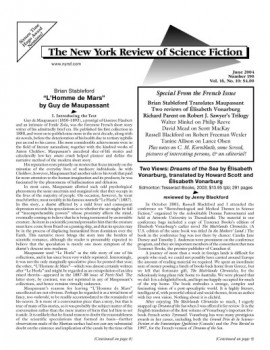Steampunk Spotlight: Victoriana RPG update
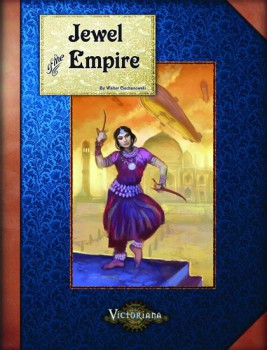 A couple of weeks ago, I began my exploration of steampunk – one of the most popular subgenres in speculative fiction today – with a review of the upcoming board game Kings of Air and Steam, currently being funded through Kickstarter. (There’s still about another day before the deadline to pre-order a copy at a huge discount.)
A couple of weeks ago, I began my exploration of steampunk – one of the most popular subgenres in speculative fiction today – with a review of the upcoming board game Kings of Air and Steam, currently being funded through Kickstarter. (There’s still about another day before the deadline to pre-order a copy at a huge discount.)
Kings of Air and Steam focused on the more mundane aspects of the steampunk setting – shipping merchandise by airship and railroad. There’s certainly a lot more to steampunk than that and one game which embraces the more fantastic end of the spectrum is Victoriana RPG.
What is Victoriana?
Picture a traditional fantasy adventure setting, such as those made popular by Tolkien and Dungeons & Dragons, complete with elves, dwarves, sorcerers, undead, monsters, and so on. Now advance that world about 500 years, from the classic Middle Ages setting into the Victorian era. That is, essentially, the basis of Victoriana.
I favorably reviewed the Victoriana core rulebook and several supplement books in Black Gate #15 (now also available in Amazon Kindle format), but they’ve come out with three new sourcebooks since then. How do these new supplements stack up? If you really want to explore the world of Victoriana, these are definitely what you’ve been waiting for, although you will need at least the core rulebook to get started.
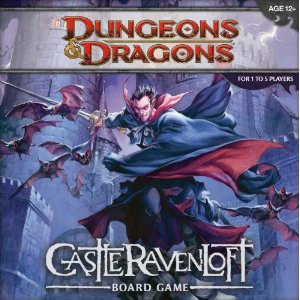
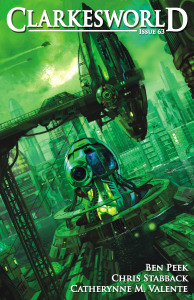 The December issue of Clarkesworld is currently
The December issue of Clarkesworld is currently 
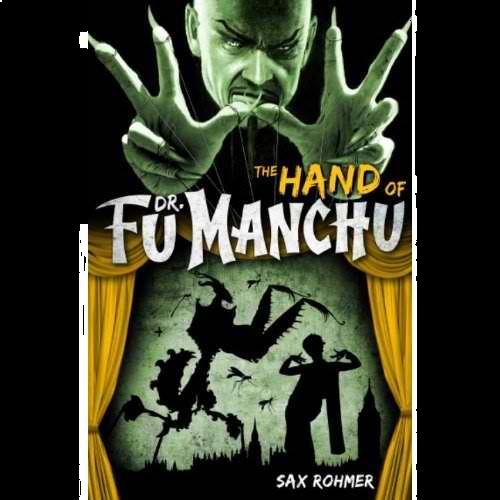
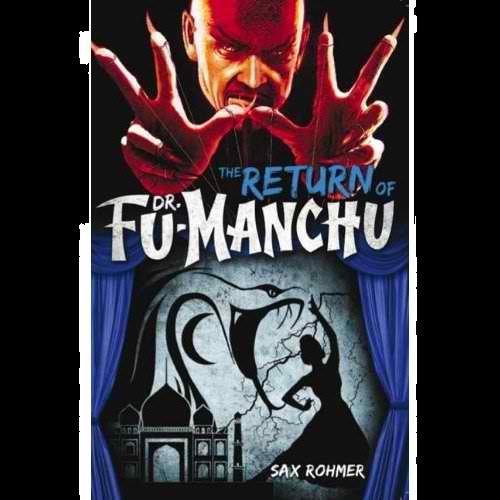
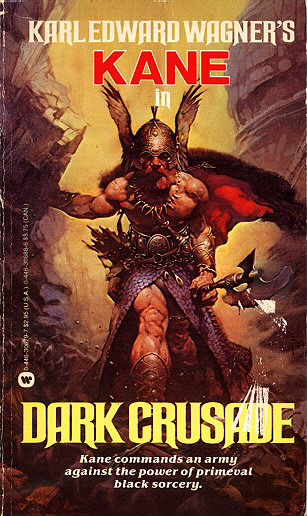 Why has swords and sorcery languished while epic fantasy enjoys a wide readership? In an age of diminished attention spans and the proliferation of Twitter and video games, it’s hard to explain why ponderous five and seven and 12 book series dominate fantasy fiction while lean and mean swords and sorcery short stories and novels struggle to find markets (Black Gate and a few other outlets excepted).
Why has swords and sorcery languished while epic fantasy enjoys a wide readership? In an age of diminished attention spans and the proliferation of Twitter and video games, it’s hard to explain why ponderous five and seven and 12 book series dominate fantasy fiction while lean and mean swords and sorcery short stories and novels struggle to find markets (Black Gate and a few other outlets excepted).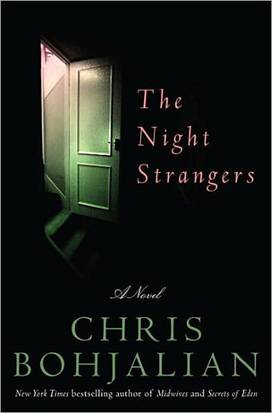
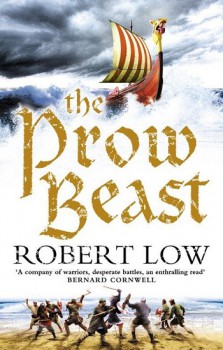 The Prow Beast
The Prow Beast